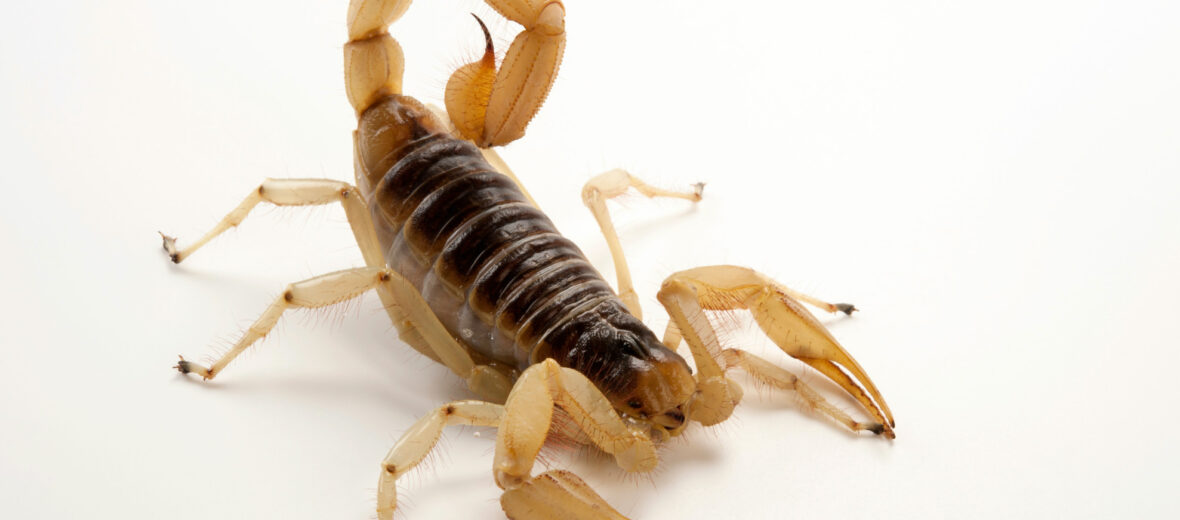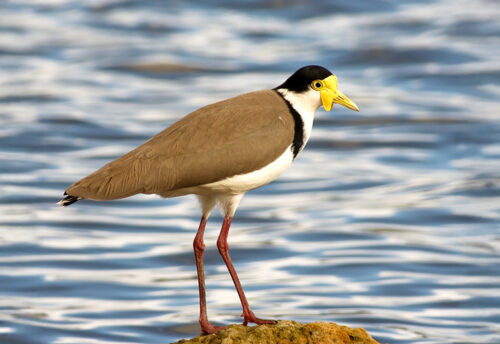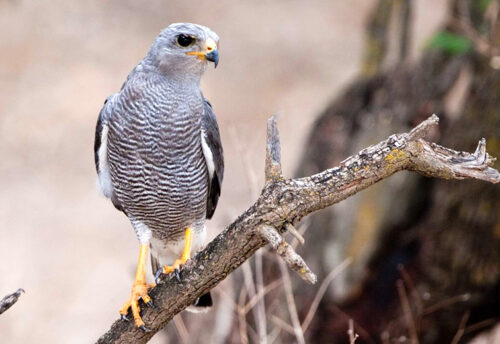
Imagine a scorpion up to 6 inches long, from tip to tip! Welcome the desert hairy scorpion. Few critters give people the heebie jeebies like scorpions. The predominant species of scorpion in the southwest is the Arizona bark scorpion. Those are only 2 – 3 inches long. I’ve worked with desert hairy scorpions in the past. It’s hit or miss with these. Sometimes you can handle them, other times they’re so hyper and sting crazy that they’ll dart you 5 times before you can say boo. However, if given the chance, I’d rather be stung by a desert hairy than a bark. Just sayin’. I have been stung by a variety of scorpions on several occasions. Good times.
First the Stats…
Scientific name: Hadrurus arizonensis
Weight: Up to .25 ounce
Length: Up to 6 inches
Lifespan: Up to 10 years
Now on to the Facts!
1.) These beasts can be found in the dry desert environments of Southern California, Arizona, Nevada, Utah, and Mexico. They prefer to stay out of view by hiding in logs, under plant litter, and in deep burrows.
2.) As mentioned, they are very excitable and very ready to sting if disturbed. You can even see a drop of venom on the tip of their aculeus (barb) when they get ticked off.
3.) This is, by far, the largest scorpion found in North America.
4.) Their primary prey are insects, spiders, and other scorpions.
5.) The main predators are owls, coatis, cats, and raccoons; to name a few.
But wait, there’s more on the desert hairy scorpion!
6.) These big scorpions, like other scorpions, are nocturnal (active at night).
7.) Even though this scorpion is a bit of a beast, its venom is not very strong, and its sting is usually related to be about as painful as the sting of a honeybee.
Did you know…?
An allergic reaction to their venom can be fatal; but this is rare. Symptoms can sometimes include excessive swelling, difficulty breathing, and long lasting pain.
8.) These scorpions, like all scorpions, become luminescent under a black light or under the light of the moon.
Now a Short Desert Hairy Scorpion Video!
Also, check out the Critter Science YouTube channel. Videos added frequently!
Want to suggest a critter for me to write about? Let me know here.



